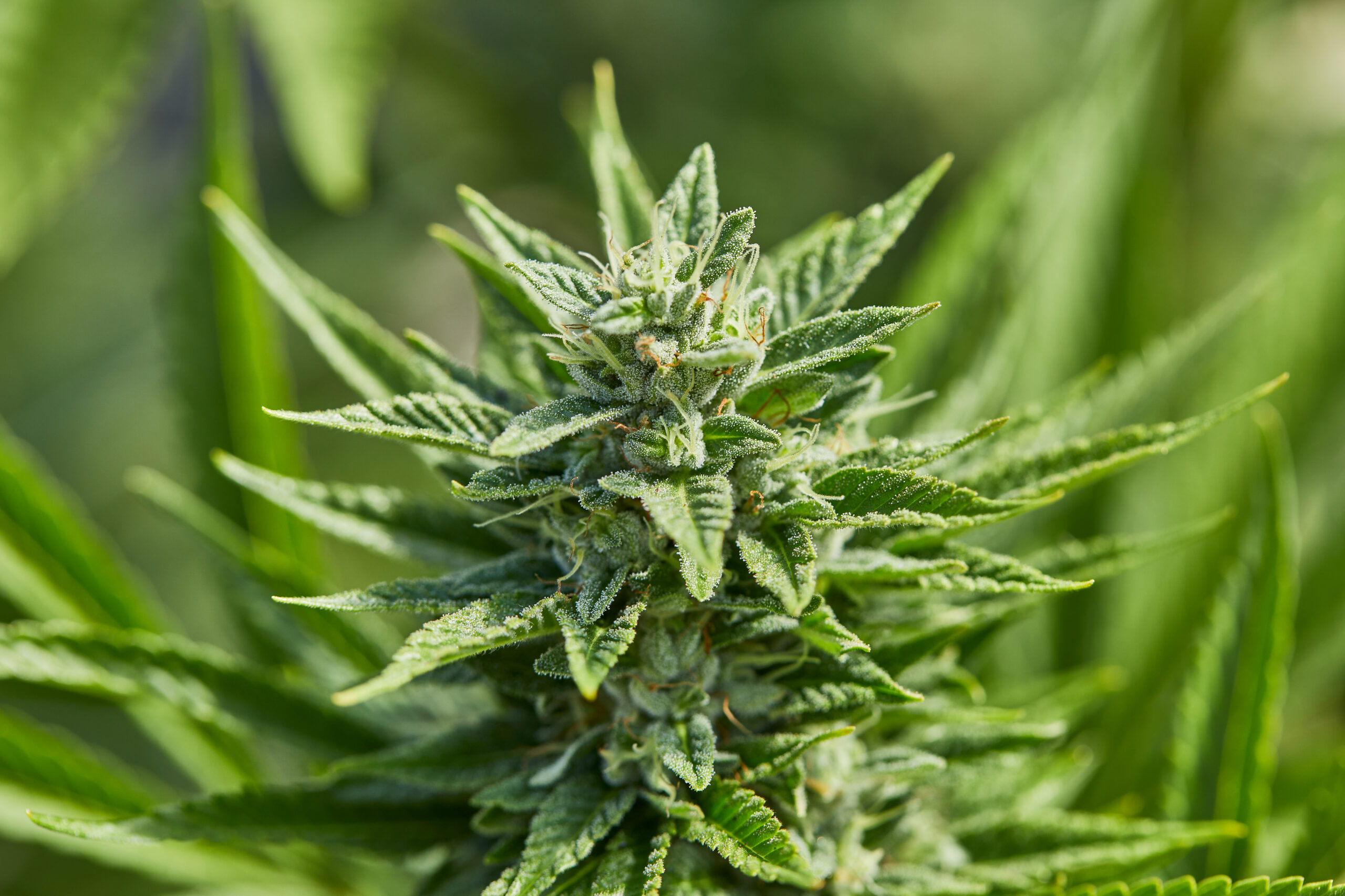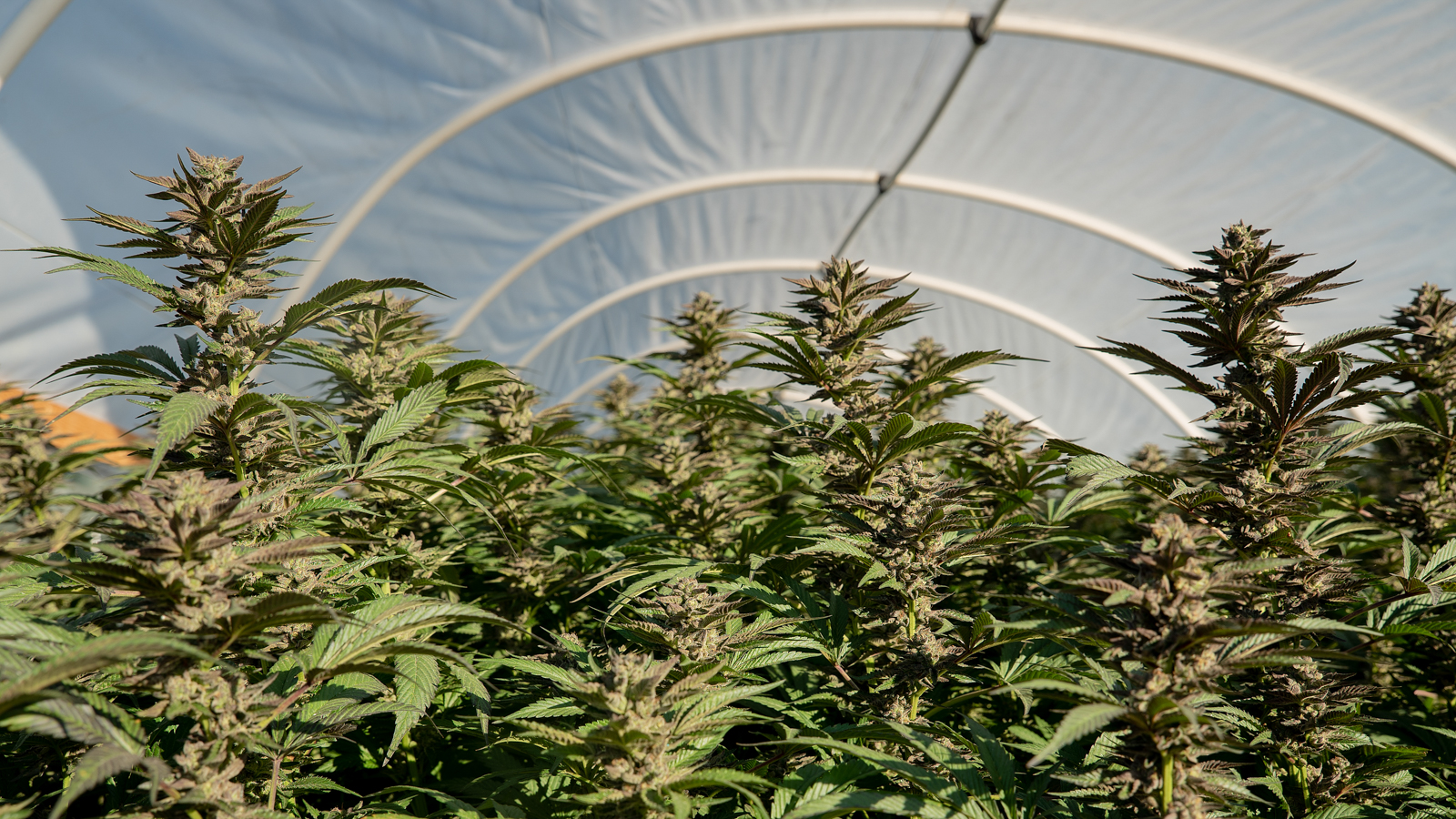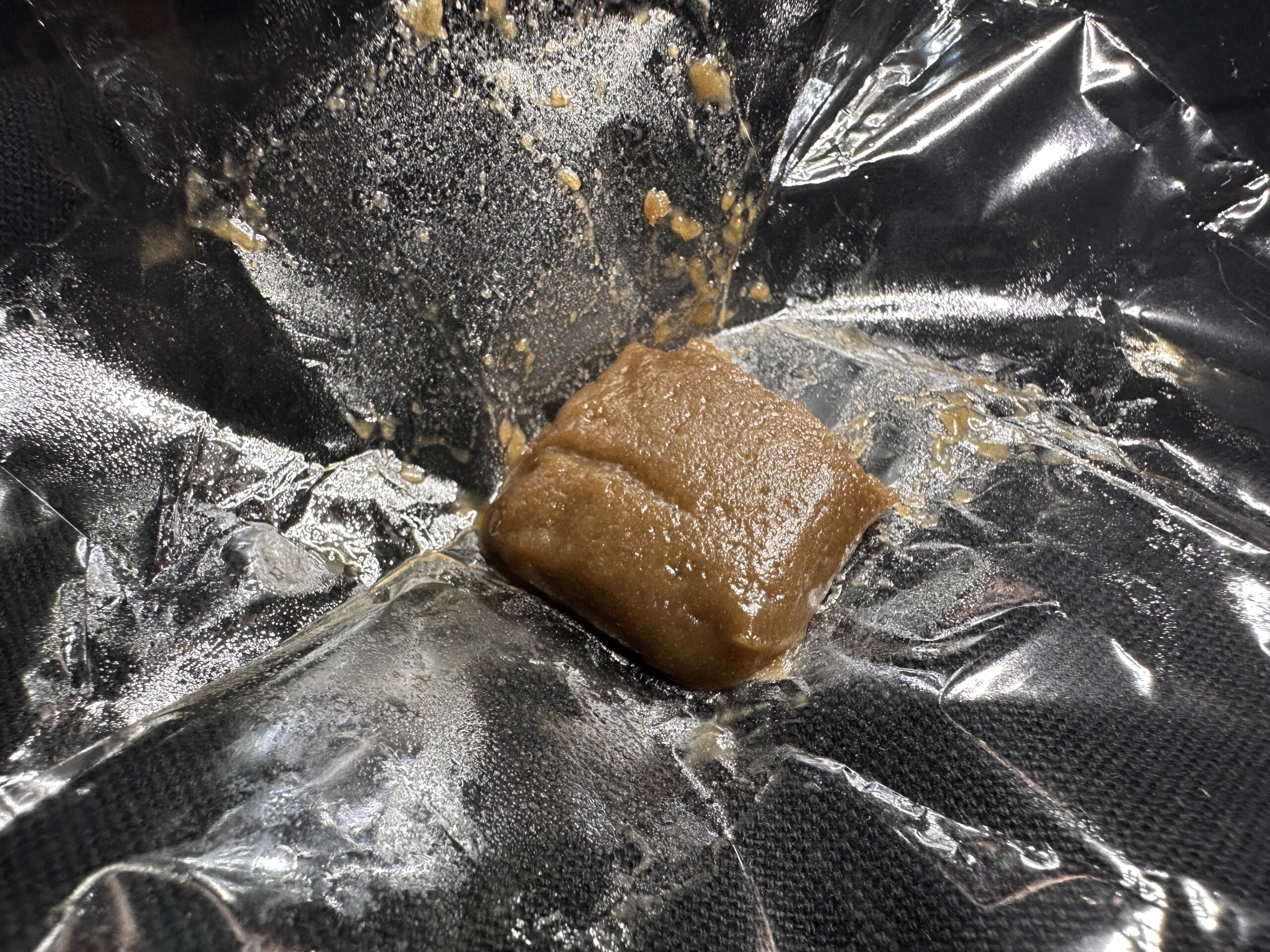- In a NHANES study, cadmium and lead levels in blood and urine were higher in participants reporting cannabis use.
- From Columbia University's Mailman School of Public Health, cannabis consumers had 27% higher levels of lead in their blood and 21% higher levels in their urine.
- Cannabis grown in clean conditions, in a controlled, minimally contaminated environment, had no traces of lead in its smoke.
A recent article published in the journal Environmental Health Perspectives reported that cannabis consumers had higher levels of cadmium and lead in both blood and urine than non-cannabis and non-tobacco consumers.
The study used anonymized survey information from the National Health and Nutrition Examination Survey (NHANES). NHANES began in the 1960s to determine the prevalence and risk factors of major diseases and continues to collect data on numerous health parameters, including diabetes, cholesterol, nutrition, smoking, alcohol consumption, sexual practices, drug use, physical fitness, and other critical health factors.
In this study, the investigators acquired NHANES data from seven two-year cycles (2005 – 2018), including all cycles with available blood and urinary metals data and detailed drug use. Ultimately, 7,254 participants were categorized into four groups: non-cannabis/non-tobacco use, exclusive cannabis use, exclusive tobacco use, or dual use.
 Photo by: Gina Coleman/Weedmaps
Photo by: Gina Coleman/WeedmapsImage lightbox

The investigators found cadmium and lead levels in both blood and urine to be higher in participants reporting exclusive cannabis use, exclusive tobacco use, and dual use than non-cannabis/non-tobacco use. Cadmium and lead levels were also higher in exclusive cannabis consumers who reported using cannabis within the last seven days. Metal levels were lower with increased time since the last use.
The authors wrote, “These observations suggest that cannabis use is an important and underrecognized source of cadmium and lead exposure independent of tobacco use and that chronic use may contribute to adverse health effects associated with chronic, low-level metal exposure.” This study is concerning as chronic low-level heavy metal exposure has been linked to neurological conditions, anemia, liver damage, kidney dysfunction, and cancer.
Interestingly, a recent laboratory-based study of aerosols found no lead in cannabis smoke. However, the cannabis used in this study was grown in clean conditions in a controlled, minimally contaminated environment. Presumably, participants in the NHANES surveys were not obtaining cannabis from regulated sources, as widespread access to state-tested cannabis was somewhat rare during the survey years.
There's also some evidence of lead exposure due to metal leaching from vape/e-cigarette devices. This was not accounted for in this study as the method of cannabis use was not collected in the NHANES data and may have contributed to the higher lead levels.
Researchers at Columbia University's Mailman School of Public Health also found that compared to non-users, cannabis consumers had 27% higher levels of lead in their blood and 21% higher levels in their urine.
How to avoid heavy metal exposure from cannabis
From additional reports, there are a number of causes of heavy metal contamination of cannabis. Cannabis is a bioaccumulator — sometimes also called a hyperaccumulator — which means it can remove heavy metals from soil and deposit them into its tissues. Cannabis works so well at cleaning contaminated soil that it has been used for bioremediation. Phosphate fertilizers may be a source of heavy metal contamination, and cross-contamination during flower processing, trimming, or drying may result in heavy metal content. Unfortunately, there are reports of metals being added to cannabis to increase its weight and, therefore, its street value.
 Photo by: Gina Coleman/Weedmaps
Photo by: Gina Coleman/WeedmapsImage lightbox

The four heavy metals most commonly tested for in cannabis include cadmium, lead, arsenic, and mercury; sometimes, testing is also done for chromium, barium, silver, selenium, antimony, copper, nickel, and zinc.
Growing your cannabis may be the best action to avoid these heavy metals. You may prevent exposure by:
- Using soil free of heavy metals. This will allow you to mitigate risks of exposure.
- Using high quality fertilizer. It may be costly, but raw materials in lower-grade fertilizers, which are less expensive, often carry heavy metals.
- Using filtered water. This is recommended for watering your cannabis plants, as tap water may be contaminated.
If you don't have the space or means to grow your cannabis, you can try to avoid heavy metal exposure for purchased weed by checking the Certificate of Analysis for heavy metal testing before buying or consuming. Although there are different state-by-state regulations for cannabis products, purchasing cannabis through a legal state-licensed dispensary can also help to minimize exposure to contaminated cannabis.
Bonni Goldstein, MD is a physician specializing in cannabis medicine in Los Angeles, California. She has successfully treated thousands of adult and pediatric patients with cannabis. She regularly speaks about cannabis medicine at conferences and patient groups worldwide. She is the owner and medical director of CannaCenters and medical advisor to Weedmaps.com. She is the author of the recently published book Cannabis is Medicine.



